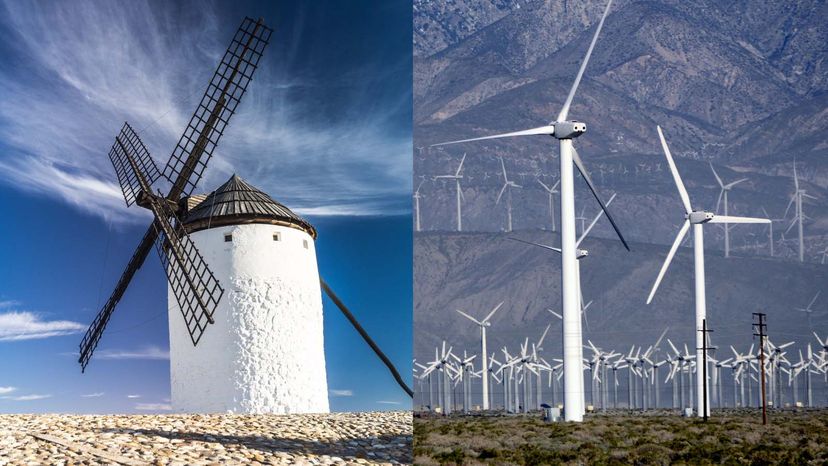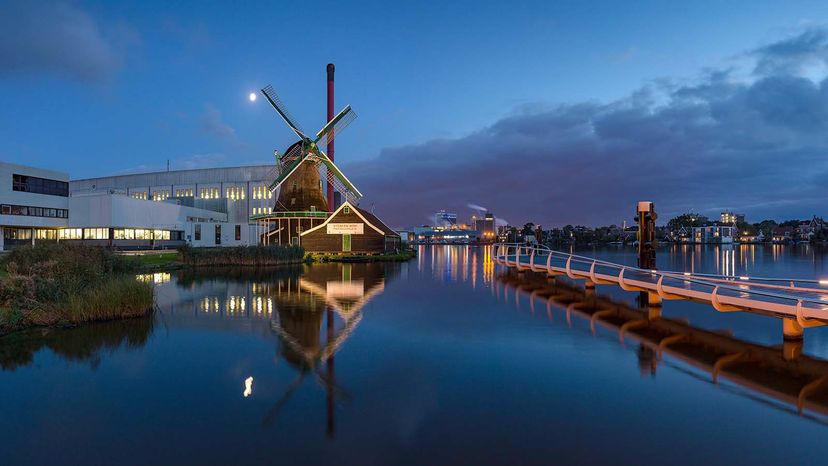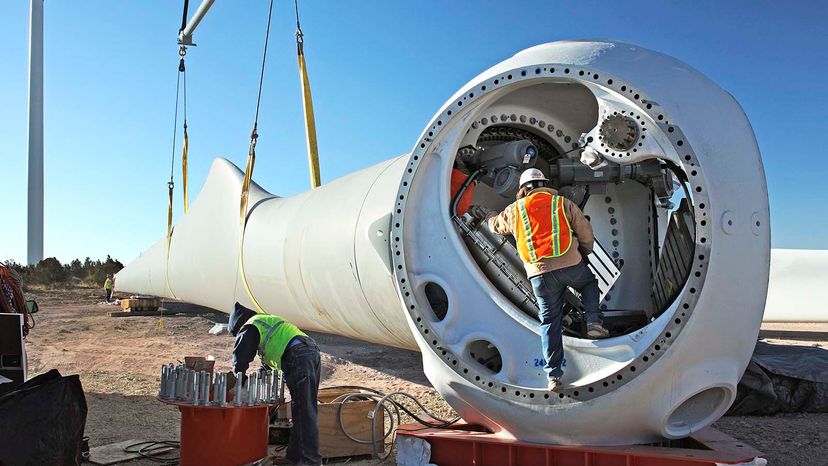
As the wind blows, so too do the vanes of windmills and wind turbines. These massive vaned machines have been around for over 1,000 years, with the first windmills appearing in Persia around 800 C.E.
These early windmills were used for exactly what their name implies — they were mills run by wind. Wind would spin the vanes, or blades, of the windmill, rotating a center shaft, which would then spin a grain mill, usually made of large, flat stones, to produce flour and other grain products. These windmills served another vital purpose too — pumping water to cities and houses. Rather than spinning a grain mill, the rotation of the windmill could be used to drive a pump.
Advertisement
While windmills have been around for ages, wind turbines have only been around since roughly 1888, when the first known wind turbine created for electricity production in the U.S. was built by inventor Charles Brush to create electricity for his mansion in Ohio. Wind turbines are used to generate electricity from the spinning of the blades, rather than simply converting that spinning energy into more mechanical work, such as turning a mill or pumping water.
"A wind turbine in the United States is around 280 feet (85 meters) tall, whereas the older windmill typically wouldn't top 80 feet (24 meters)," says James Herzing, engineer and award-winning host of the Unprofessional Engineering podcast, in an email interview. "The size of the sails or blades is another big difference. Windmills are traditionally measured by wheel diameter, and it isn't uncommon to see an 8-foot (2-meter) windmill, where 8 feet is measured across the blades. Wind turbines, on the other hand, can have a single blade well over 100 feet (30 meters)."
Advertisement


